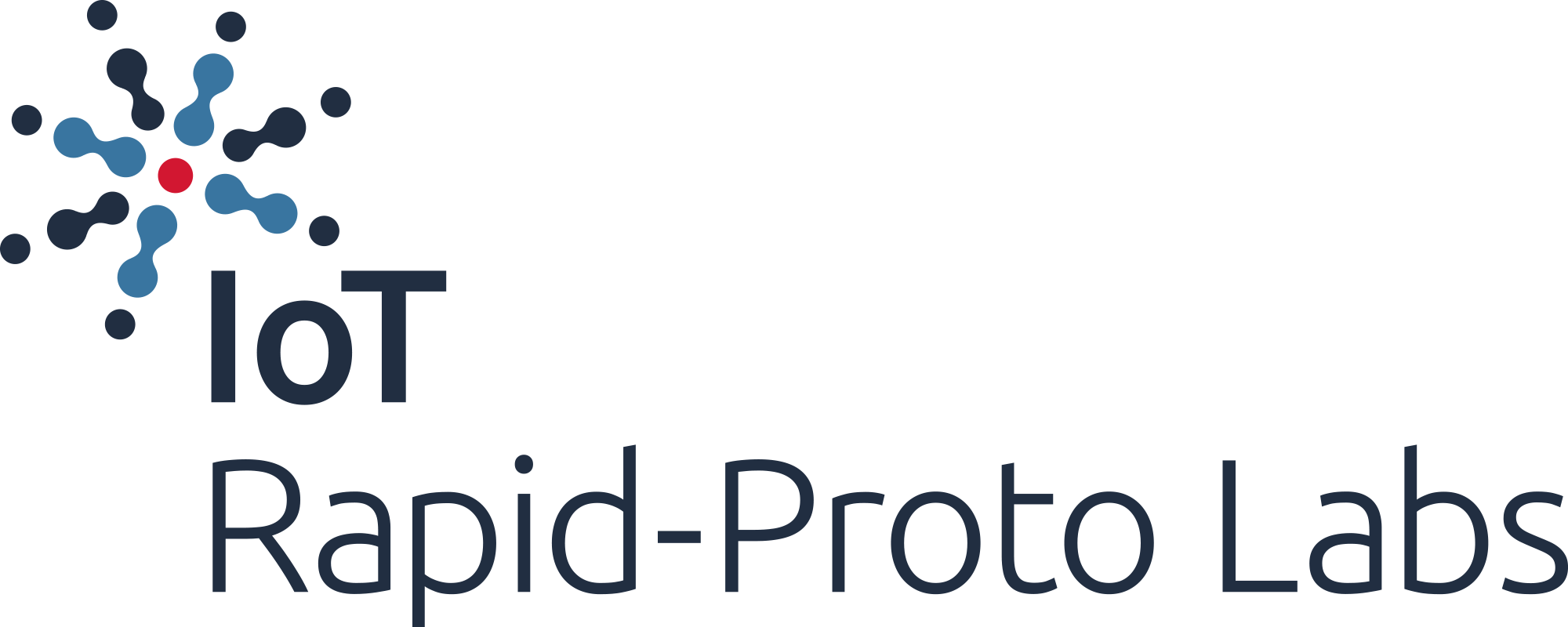In the fourth module, you will add networking capabilities to your system, which we will consider to be an additional sensory capability, further improving its contextual behaviour. For example, you will detect smartphones on the home network, providing an indication of inhabitants being at home or away from home.
After this module, you should be able to:
Explain the selection criteria that drive network choices that fit what you are designing.
Leverage the network infrastructure as a sensor.
Motivate the choice of network technology based on selection criteria
Specify the network requirements of a connected product
Collaborate with your team members around code development with Git and GitHub.
Self-Study Material
In this module, the self-study material focus on the main network technologies allowing to transmit information from one device to another. While industry standards are quickly evolving, we will particularly look at selection criteria to make choices that fit what you are designing.
Assignment
In this assignment, you will design and evaluate network architecture for your GoodNight Lamp prototype. Then, you will explore how to discover devices on the network to automatically find your lightbulb IP address.
Lab Xp
In this Lab Experiment, we will use the NetworkScanner introduced in the live session to detect a smartphone on the network. It will provide an indicator 'at home' and 'away from home' that we will use to control the light.
Live Session
In this session, we finally establish the connection between several remote light bulbs. We also demonstrate how to use the local WiFi network as a sensor, to detect the presence of people in the house. As usual, we will keep a significant room for your questions.
Coaching Session
This will be the third group session with your coach. You will receive feedback about what you reported on your GitHub repository.
Snippet of code for this module



The European Commission's support for the production of this publication does not constitute an endorsement of the contents, which reflect the views only of the authors, and the Commission cannot be held responsible for any use which may be made of the information contained therein.